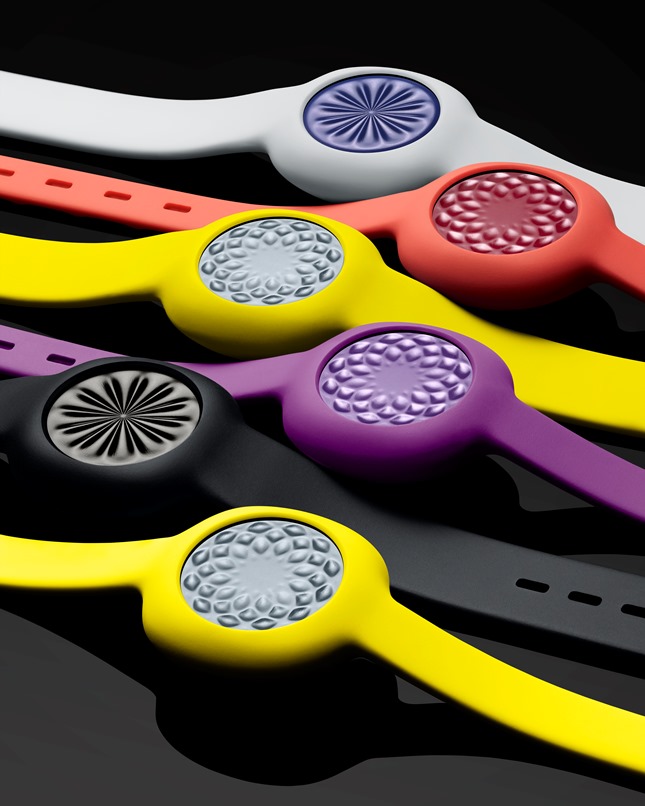Data accessibility is key to a successful activity tracking system


Android Wear, Microsoft Band, Fitbit devices, Jawbone UP24, Misfit devices, Nike Fuelband, Garmin Vivofit, Samsung Galaxy S watches, Sony Lifelog, Withings Pulse, and many more all collect your daily activity data. As long as you stick with one device and platform you can view and use that data, but what happens if you switch devices, platforms, or smartphones and is there one that gives you full access to your data?
ZDNet's Jack Schofield told me his first law of computing is, "Never put data into a program unless you can see exactly how to get it out." That's great advice to apply as I was looking closer at all of the activity trackers I have been using over the years to try to see if there was a clear leader in data accessiblity.
Emails constantly bombarb me with the latest and greatest activity tracker, with low cost options, more powerful data collection, and so on. I've read reports on wearables, such as this one (PDF) that state more than half the people who've bought an activity tracker stopped using it. If you then start up again with a different tracker or platform, you may lose the data you previously captured. For those looking at long term trends and patterns, having access to the data is important.
Exporting your data from activity trackers
In the dedicated activity tracker market, Jawbone and Fitbit are the two that stand out for making data exportability a painless experience. Jawbone actually provides this capability for free. Simply login to your Jawbone account, click over to settings, and at the bottom of your accounts page you can choose to export your data, by year, into CSV format.
Fitbit requires that you have a premium account to export your data, priced at $49.99 per year. The data can be exported in XLS or CSV format.
Other activity trackers appear to be closed systems, but thanks to some guidance posted on the Gizmodo Field Guide you can apply or create IFTTT recipes to export your data into spreadsheets. Searching the IFTTT website shows there are available recipes for Misfit, Fitbit (use this method for free data export), Withings, Jawbone, Nike+, and more.
Setting up these IFTTT recipes now will just allow you to start capturing current and future data, but it is better to start now then never capture it. Jawbone and Fitbit will allow you access to your historical data, as I mentioned earlier.
Smartwatch activity tracking
Pebble, Android Wear, Samsung Tizen Gears, and other smartwatches have basic activity tracking capability. These tend to collect data that is less accessible than that found on dedicated activity trackers. While some smartwatches collect data independent of your smartphone, they all talk to your smartphone so the data may be accessible through a smartphone app that provides export functionality.
As large companies get into the market and open up access to the data, some of the data captured with your smartwatch is getting to be more accessible as well. Smartwatches don't make great activity trackers though since most need to be charged daily and that just adds another unnecessary distraction to your life.
I just purchased a Microsoft Band that acts as a basic smartwatch and activity tracker. While there is some connectivity with RunKeeper and MyFitnessPal at this time, I don't yet see a way to easily export my activity data. It also has limited battery life, compared to activity trackers, but is an extremely powerful device.
Smartphone activity tracking
Many new smartphones allow you to use your phone as your activity tracker so you can skip buying a dedicated accessory. I have this functionality turned on for my iPhone 6 Plus and Sony Xperia Z3, but my phone is not always in my hand and pocket so the data has limited usefulness.
If sleep tracking is important to you, having a phone serve as your activity tracker doesn't make sense to me either. I don't see smartphones becoming the next activity tracker, but smartwatches connected to a smartphone may serve that purpose.
Apple, Microsoft, and Google health services
Apple, Microsoft, and Google are all now in the health game and have apps for collecting, syncing, and backing up your activitity data. These three companies are just getting started in the health market and currently allow access to various data sources for importing data into their vast databases. In some cases, such as with Apple Health on an iPhone, you can also export the data your phone collects into other services.
Microsoft looks to be the one company here that is looking beyond their own platform with the Microsoft Band currently working with iOS, Android, and Windows Phone. Apple and Google are currently focused on their own platforms.
What activity tracker do I recommend?
If you don't care at all about having access to your activity data, then buy the activity tracker that fits your budget and design desires.
For those who want access to all their data, Jawbone and Fitbit are the two brands I would look to first since they provide easy access to historical data and also work across smartphone platforms.
I was recently asked what activity tracker I recommend for someone who doesn't have a smartphone. Fitbit is the easy choice here since it has desktop syncing software and their upcoming new products look great.
Look for IFTTT recipes for other brands to see if there are ways to capture current and future data. The Misfit Flash is an awesome low-cost choice that has IFTTT recipes ready to go and capture your data.
I wouldn't count on your smartwatch or smartphone for daily activity tracking. Battery life is not good enough for long term use and there are times when you won't carry or wear either.